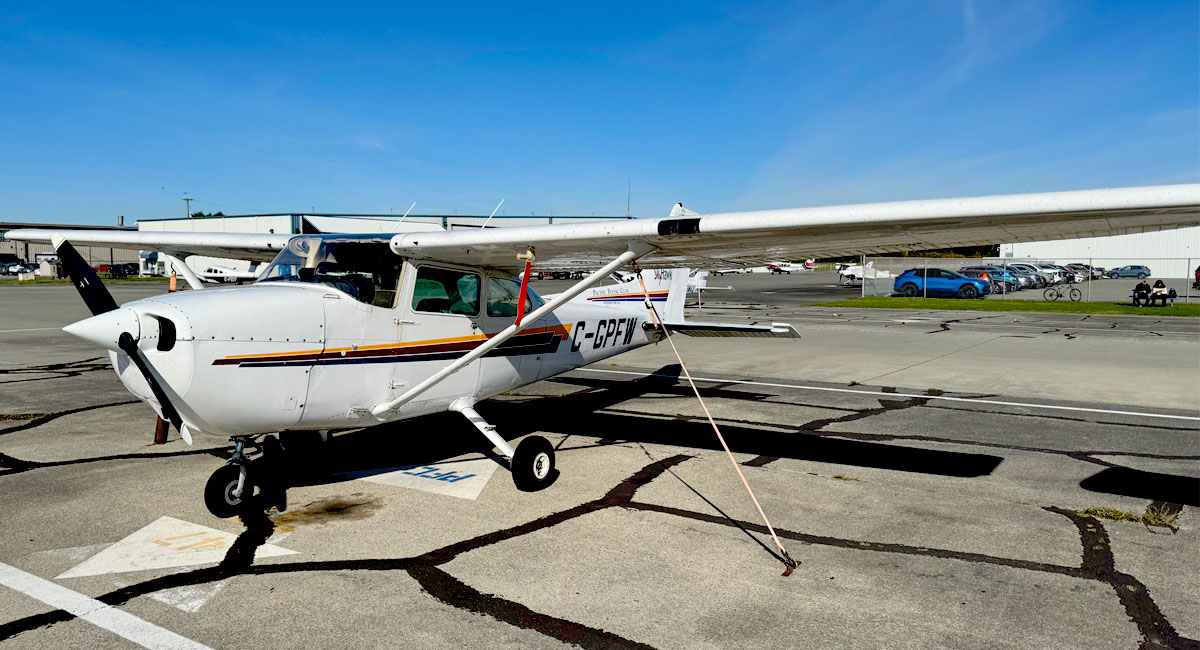
The Evolution of General Aviation Aircraft: What’s Changed Over the Years?
Piper J-3 Cub: distinctive yellow, high-wing light monoplane with tailwheel; trainer and sport aviation; Continental A-65, 65 hp engine. Photo courtesy of National Air and

Image courtesy of FltPlan Go.
Flight planning is a critical aspect of aviation that ensures safety and efficiency for pilots and passengers alike. Whether flying a small private aircraft or a commercial airliner, meticulous planning before takeoff can significantly impact the overall flight experience. This article will delve into the key components of flight planning, the tools available to pilots, and the importance of considering weather and regulatory requirements.
It serves as a roadmap for pilots, guiding them through the various stages of their journey, from departure to arrival. A well-thought-out flight plan enhances safety and maximizes efficiency, helping pilots avoid unnecessary detours and delays.
The advent of technology has revolutionized flight planning, making the process more efficient and accessible for pilots. Numerous tools and applications are now available to assist in creating flight plans. Some popular options include:
Thorough flight planning can prevent many common issues that pilots may face during their flights. By assessing all relevant factors, pilots can avoid unexpected turbulence, weather-related delays, and fuel shortages. Additionally, effective planning can improve communication with air traffic control, as well-prepared pilots are better equipped to provide updates and adhere to instructions.
Experienced pilots often share anecdotes about how flight planning saved them from potential emergencies. For example, a pilot might recount a flight where they encountered unexpected weather conditions but could divert safely to an alternate airport due to thorough pre-flight planning. Such stories emphasize the importance of being proactive and diligent in flight preparations.
Flight planning is an indispensable part of aviation that ensures safe and efficient travel. Pilots can confidently navigate the skies by considering route selection, fuel calculations, weather conditions, and regulatory compliance. With the help of modern technology and resources, flight planning has become more accessible than ever, allowing pilots to focus on what matters most — safely reaching their destination. Whether a seasoned aviator or a newcomer to flying, understanding and prioritizing flight planning is essential for a successful flight experience.
1. FAA Safety Briefing — Fuel Management: FAA Safety Briefing.

Climb aboard this unique experience; you can book a 30-minute Introductory Flying Lesson with one of our qualified Flight Instructors and discover what flying is all about! Click for more info!

Piper J-3 Cub: distinctive yellow, high-wing light monoplane with tailwheel; trainer and sport aviation; Continental A-65, 65 hp engine. Photo courtesy of National Air and

Photo of Clayoquot Sound by Jordan Giesbrecht courtesy of Tourism Tofino. Scenic Flights in North America offer more than just impressive views — they offer

You lift off from a small airport, climb above the trees, and head toward the mountains. Below, rivers wind through thick forests, and narrow gravel


Historical Background Boundary Bay Airport was constructed in 1941 as part of the British Commonwealth Air Training Plan, one of the largest aviation training programs

Who Are Canadian Snowbirds? Officially known as the Canadian Forces Snowbirds (431 Air Demonstration Squadron), they’re more than just an air show attraction. The Snowbirds